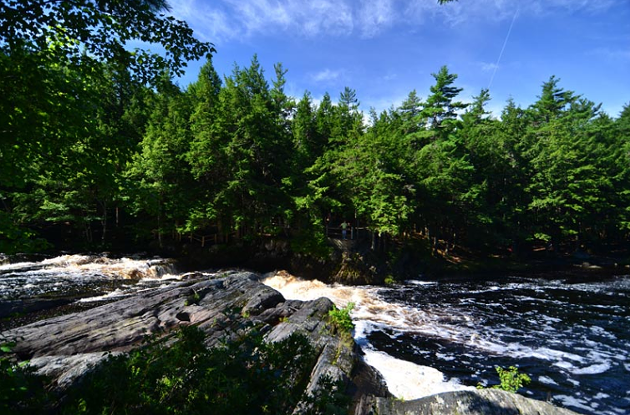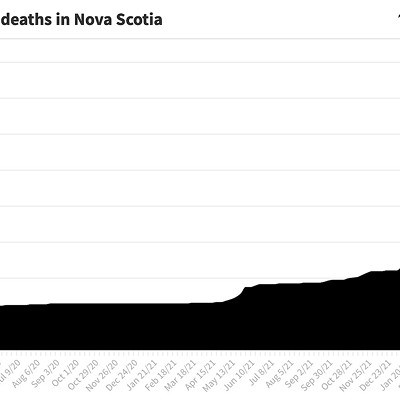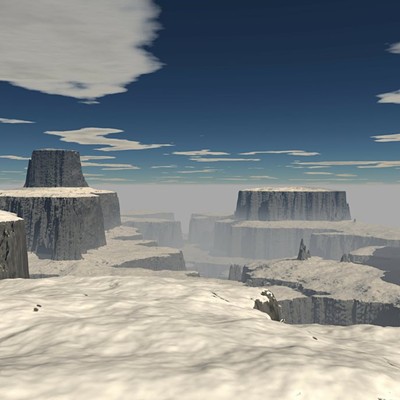No forest is an island; entire of itself. While the Department of Natural Resources has given the go-ahead on 94 hectares of a proposed clearcut near Kejimkujik National Park, and even though no cutting will be done in the park itself, Chris Miller warns there may still be consequences for the much-loved area.
“None of those hundred hectares should be approved for clear-cutting,” says Miller, a national conservation biologist with the Canadian Parks and Wilderness Society.
“It’s the sort of place that we need to be really careful how we manage, and that includes around the edges of the national park as well as within it.”
Even if the damage is done outside the park, the ecological impact doesn’t stop at the border, says Miller. There’s been plenty of research on the topic of “edge effects”—when one area is being conserved but the places that surround it are not so it becomes an “island” of sorts.
“It’s really important that our protected areas are interconnected with other protected areas so that there’s the opportunity for wildlife to move freely between,” explains Miller. “There’s all sorts of reasons why we need to be concerned about heavy industrial disturbances right on the border of our protected areas.”
Parks Canada writes via email that it’s been in contact with Nova Scotia’s Department of Natural Resources regarding the harvest plans next to Keji, and will “continue to communicate with NS DNR to discuss the mitigation of possible risks to the ecosystem of the national park.”
Raymond Plourde, wilderness coordinator with the Ecology Action Centre, has similar worries as Chris Miller. While he feels the Nova Scotia government has done well in terms of protecting wild areas, he says the province isn’t so good at protecting places in between to allow “corridors” for the wildlife.
“The latest clearcut right up against a protected area—in this case, Keji—just shows how completely out of touch the department and the government is with conservation science,” says Plourde.
Isolated spots of biodiversity could also lead to problems for the flora and fauna in the long-run.
“The result is that you have these different wildlife and plant species that cannot reach one another and cross-fertilize and share genes,” explains Plourde. “The gene pool becomes stressed. Ultimately, they become weaker and more susceptible to disease or other negative factors.”
This is especially concerning, Plourde says, due to the ever-growing list of endangered species in the province. “Wildlife population are collapsing, and it’s largely because man has commandeered most of the habitat.”
According to Miller, the region near Kejimkujik has the largest concentration of species at risk in Nova Scotia. On top of that, the issue goes beyond Keji. DNR has proposed or approved clear-cutting up to the borders of 15 other protected locations, including Shelburne River Wilderness Area and Indian Man Lake Nature Reserve.
“There’s a trend here, and that is industry is knocking at the door of our protected areas. And that should concern everybody,” says Miller.















